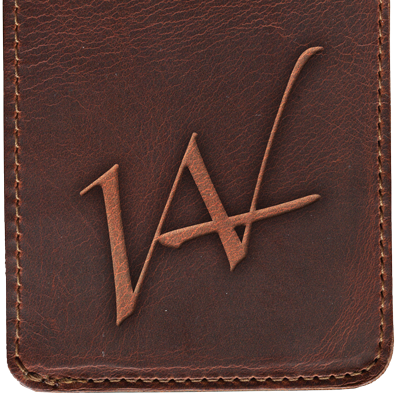5 Rock/Pop Licks to Learn Fingerstyle

By: Andrew Aycoth
Getting started with fingerstyle may seem daunting at first. Putting down the pick is often uncomfortable for players who haven’t spent much time without it. There also seems to be a divide in how to learn the techniques, with many players associating fingerstyle with classical. While this is certainly true, you don’t have to leave the pop/rock realm to get in some basic techniques. I’ve put together five of the tunes that I used myself when I was learning, and continue to use with my students:
- Blackbird
- This is a go-to lesson for me when a student wants to start on fingerstyle. The RH middle finger (m) gets to stay on the 2nd string, while the index (i) stays on the 3rd string. This lets the hand maintain stability throughout the riff, as there are no maneuvers that violate this. The thumb takes care of the bass notes on the 5th and 6th strings, so only three fingers are needed, and they mostly get to stay lined up on the same strings! The last part of the phrase breaks from the basic rhythm and introduces a pattern that’s a bit more complicated (start slow), but will help develop a natural feel for finger independence.
- Grace is Gone
- One of the lesser-known on this list, it nonetheless was one of my favorite first riffs that didn’t use a pick (and sounds great around a campfire). As with Blackbird, the RH fingers mostly get to stay lined up on the same strings throughout. With the exception of the end of the phrase, the m and i fingers will stay on the 2nd and 3rd strings, respectively, while the thumb handles the bass notes (sensing a pattern yet..?!). The way this riff lends itself to variation is also useful, as the entire thing is just outlining chords. By getting comfortable with these techniques, you’ll find they can be applied to any other chord or progression.
- Nothing Else Matters
- This is my other typical go-to for teaching the basics of fingerstyle. For the most part, the fingers get to stay lined up with the ring finger (a) on the 1st string, m on the 2nd string, and i on the 3rd string. For some of the more active moments, you may want to use m on the 1st string to keep from double-attacking with a, which can make the riff sound less smooth. Also important is the concept of a melody and rhythmic accompaniment. You’ll want to bring out the melody as expressively as possible while maintaining dynamic balance between it and the underlying harmony supplied by the bass. Also, there’s a fun but tricky maneuver in the left hand on the C chord during the build, where the 1st, 3rd, and 4th fingers stay on the chord but the 2nd finger comes in for the pull off on fret 3.
- Scarborough Fair
- Everyone’s favorite haunting dorian melody has an equally beautiful accompaniment in the Simon & Garfunkel version. The basic pattern is presented in the first 2 bars (these actually repeat as the intro and interludes). As with Nothing Else Matters, the a, m, and i fingers plant on the 1st, 2nd, and 3rd strings, respectively. The thumb then takes the bass notes on strings 5 and 4. The specific pattern in which they are played is the “default” for each chord, with deviations occurring to match the phrasing of the melody. These tend to occur at the ends of phrases, providing some contrast with the continuous 8th note pattern of the “default”. The entire tune follows these same patterns. However, you’ll discover that occasionally you’ll need to shift those RH fingers down a string. Experiment with what’s most comfortable for you; much of fingerstyle playing is problem-solving!
- Fire and Rain
- Last on this list is the classic James Taylor tune. This one seems to be instantly recognizable by the first few notes, with the slide into the A chord. With the exception of when it moves to the E chord, the RH fingers are planted the same way as they were for Nothing Else Matters and Scarborough Fair. As usual, the thumb will be supplying the bass line. Also, starting in bar 3, we get what I call the “James Taylor lick”, which is a series of hammer-ons and pull-offs that he seemed to use quite often. This is best displayed in the pattern on the A chord, going from sus4→ regular triad→ sus2→ regular triad. Once you get the basic mechanics down, this riff also lends itself quite well to variations, so long as you hit the main structural points. I’ll even switch into a strum on some of the chords to provide contrast, but it’s usually slightly different every time I play it!
So there you have it, a few riffs that will teach some basic fingerstyle techniques that you can then apply to all other facets of your playing. And best of all, people will likely recognize them! I know I’m forgetting some other great pop/rock fingerstyle tunes, so let me know what else you would have included (Under the Bridge by Red Hot Chili Peppers and Never Goin’ Back Again by Fleetwood Mac almost made the list, for the record). Most importantly, have fun!
SHOP FEATURED GUITARS
[featured_products per_page="6" columns="6"]
